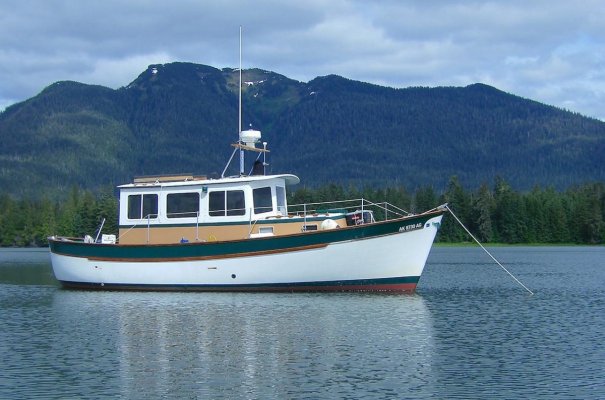NorthernDiver
Member
At Seattle's TrawlerFest last year, we were told by a number of professionals and trawler owners that a trawler less than 35 feet long was too small to cruise the San Juan and Gulf Islands and into Desolation Sound --- because it would not have the tonnage needed to withstand the wind and waves we might encounter in the Strait of Juan de Fuca or even in the Vancouver roads.
Were we misinformed?
I ask because I have just read a post from a couple who own a 25' motorcruiser and are asking for cruising ground recommendations in the San Juan area. No one replied "Whoa, that boat is too small for cruising this area!"
We'd like to buy a displacement motorcruiser on which we can spend weekends and two to three weeks at a time, but we can't afford a boat over 30 feet, and would prefer one that isn't much over 28 feet.
I am grateful for all comments!
Were we misinformed?
I ask because I have just read a post from a couple who own a 25' motorcruiser and are asking for cruising ground recommendations in the San Juan area. No one replied "Whoa, that boat is too small for cruising this area!"
We'd like to buy a displacement motorcruiser on which we can spend weekends and two to three weeks at a time, but we can't afford a boat over 30 feet, and would prefer one that isn't much over 28 feet.
I am grateful for all comments!


